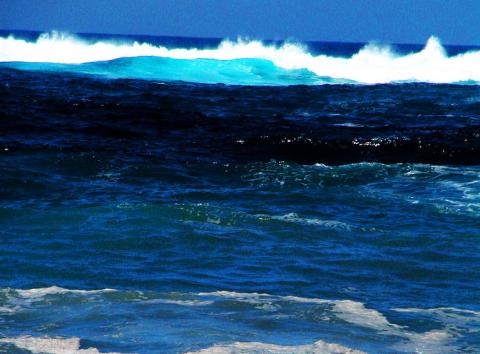Why global temperatures don't rise in a straight line

New studies into global warming patterns show a deep ocean masking real increases in temperature, writes John Holden.
Global warming is not as widely reported as it was in previous times. This, unfortunately, has a lot to do with the commercial and editorial imperatives of news agencies. Environmental problems haven’t gone away. It’s the economy, stupid.
Closer, more pertinent problems caused by the global recession mean the focus on big picture stuff is understandably less of a priority for most people.
However, the decline in interest in global warming has also been perpetuated by little or no change in temperature – either up or down – in the last decade. The single highest year for temperature globally in a century of weather recording was 1998. Twelve years later, in 2010, it was topped. That means there was a whole decade of relatively stable climate worldwide. The 2000s were still the hottest decade on record but temperature didn’t incrementally increase year on year as one might assume it would.
Fodder for global warming deniers? Not necessarily, as a new study illustrates one reason why global temperatures don’t simply rise in a straight line. The National Centre for Atmospheric Research in the US carried out a number of computer simulations on global temperatures, which pointed to sections of oceans deeper than 300 metres. It is here that missing heat is “trapped” during periods like the last twelve years where there appeared to be little or no trend upwards.
In other words, global temperatures are rising but the ‘real’ effect of them is yet to be felt. Greenhouse gas emissions increased in the 2000s. Likewise, other measurements showed that the difference between incoming sunshine and outgoing radiation from the earth rose too. Therefore the implication is that heat has to be building up somewhere on the planet, otherwise it would be causing an increase in temperature on land and further melting icecaps and snow.
During the “hiatus period” for global warming, the study suggests extra energy entered our oceans, with deeper layers taking in more because off oceanic circulation. Temperatures in areas below 300 metres increased by almost 20% during this period.
The research, which was published online in Nature Climate Change, also suggests that more of these periods of stable temperatures should be expected. “We will see global warming go through hiatus periods in the future,” explains Gerald Meehl of the NCAR, and lead author of the study. “However, these periods would likely last only about a decade or so, and warming would then resume. This study illustrates one reason why global temperatures do not simply rise in a straight line.”
Image top: Miss K.
